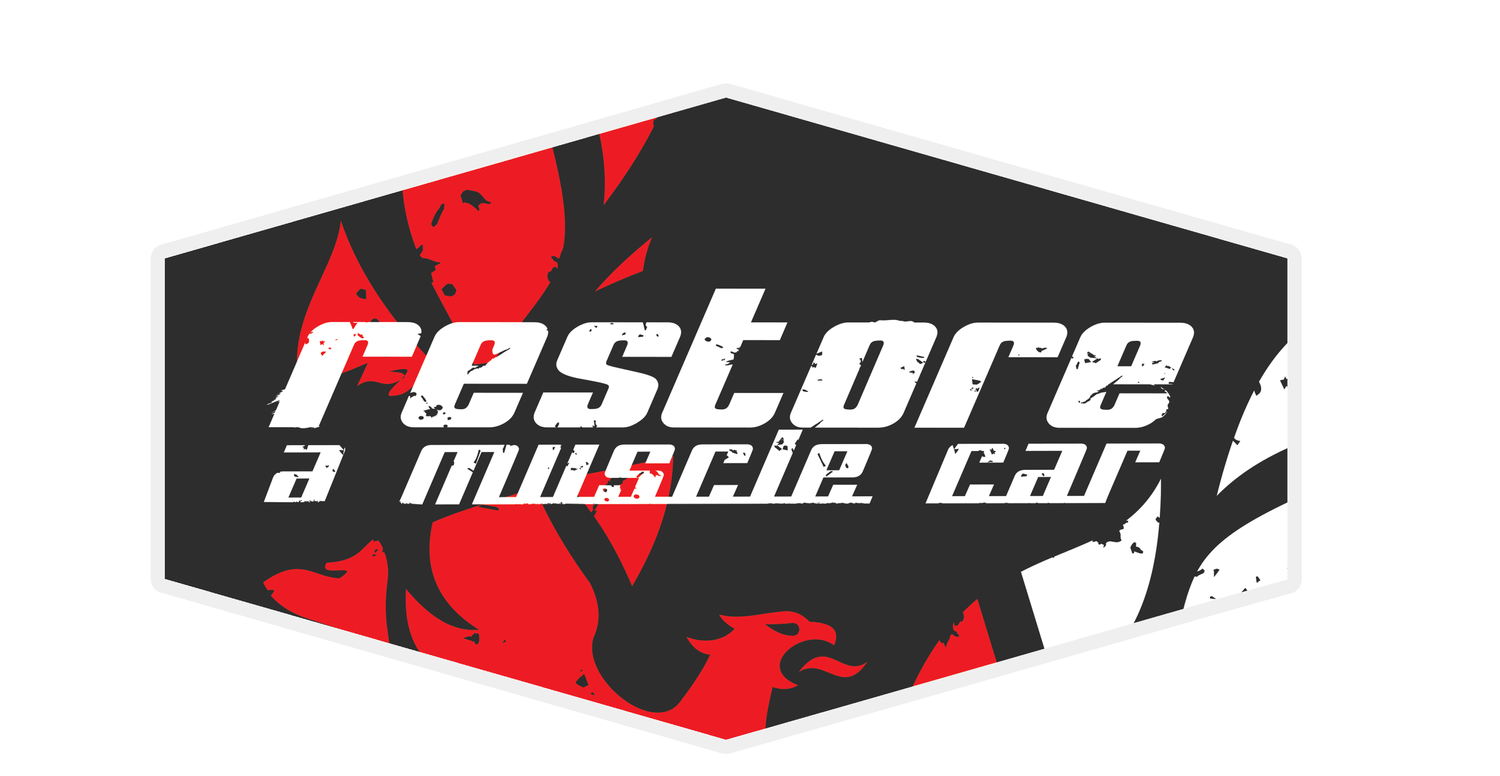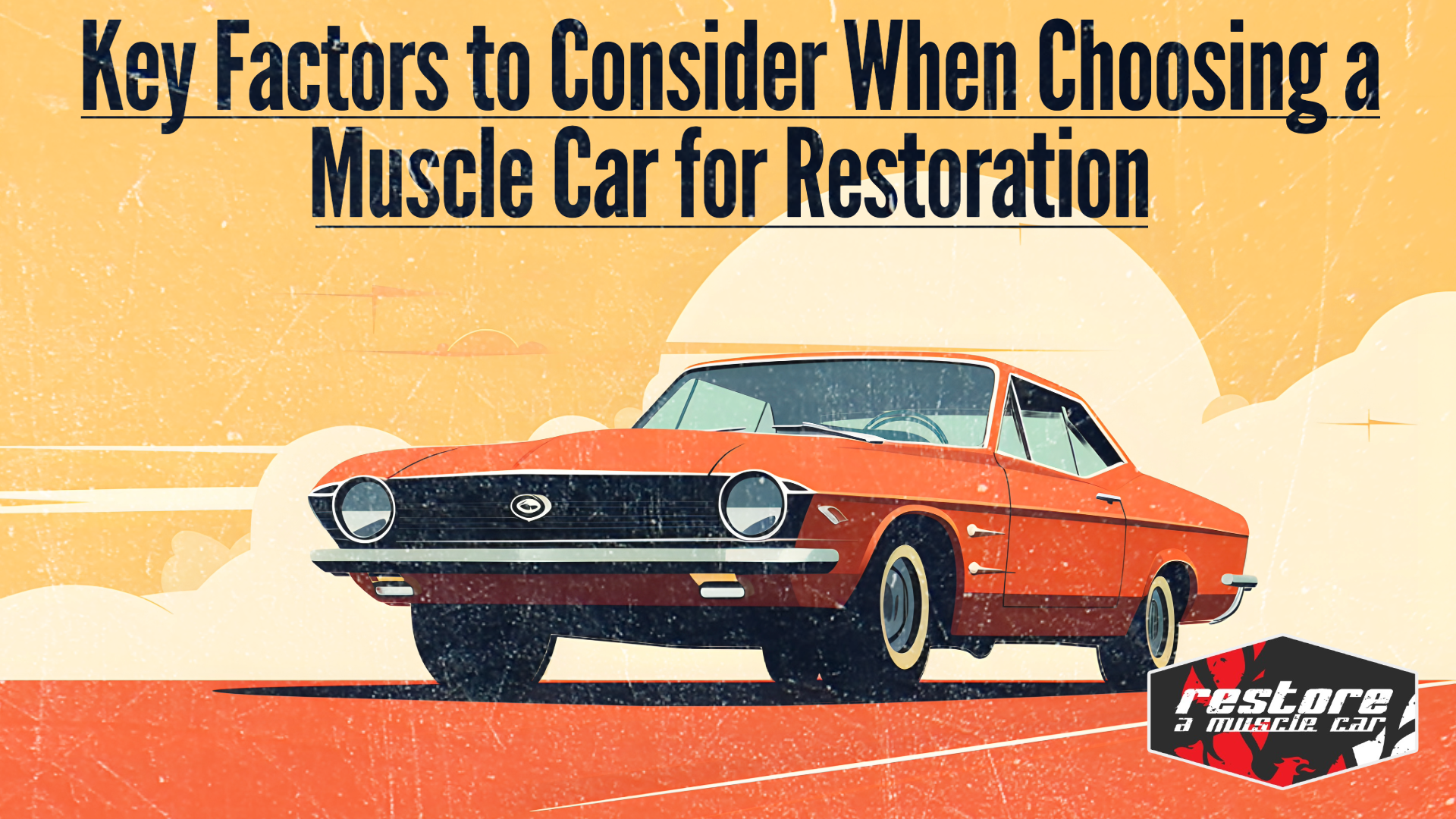Introduction to Restoring Muscle Cars: Why Choosing the Right Car Matters
Restoring a muscle car is more than just a hobby; it's a journey that combines passion, patience, and a love for automotive history. Muscle cars, with their powerful engines and iconic designs, have a special place in the hearts of car enthusiasts. However, the success of any restoration project hinges on one crucial decision: choosing the right car.
In this blog, we’ll explore why selecting the right muscle car is the first and most critical step in any restoration project. We'll discuss how your choice will influence everything from the project's cost to its complexity and ultimate success.
Restoration projects vary greatly in scope, depending on the car's condition and the availability of parts. Some cars may require a simple cosmetic refresh, while others might need a complete overhaul from the ground up. By choosing the right vehicle, you'll set yourself up for a rewarding experience that matches your skills, budget, and goals.
Key Factors to Consider When Choosing a Muscle Car for Restoration
Choosing the right muscle car for restoration is a balance of passion and practicality. To make an informed decision, here are the key factors you should consider:
Budget: Your budget is the foundation of your restoration project. It dictates not only the car you can afford but also the extent of restoration you can undertake. Keep in mind that rare models might command higher prices, not only for the car itself but also for the parts and labor required.
Availability of Parts: Some muscle car models have parts that are readily available, while others might require extensive searching or custom fabrication. Before committing to a project, research the availability of parts for your chosen model.
Condition of the Car: The car's initial condition is crucial. While a car in poor condition might be cheaper, it could also require more work and resources. On the other hand, a well-maintained car might cost more upfront but save you time and money during the restoration process.
Desired End Result: Think about your goals for the restoration. Are you aiming for a show car, a weekend cruiser, or a daily driver? Your desired end result will influence your choice of car and the level of restoration required.
By carefully considering these factors, you’ll be better equipped to choose a muscle car that aligns with your vision and capabilities.
Stay Connected

